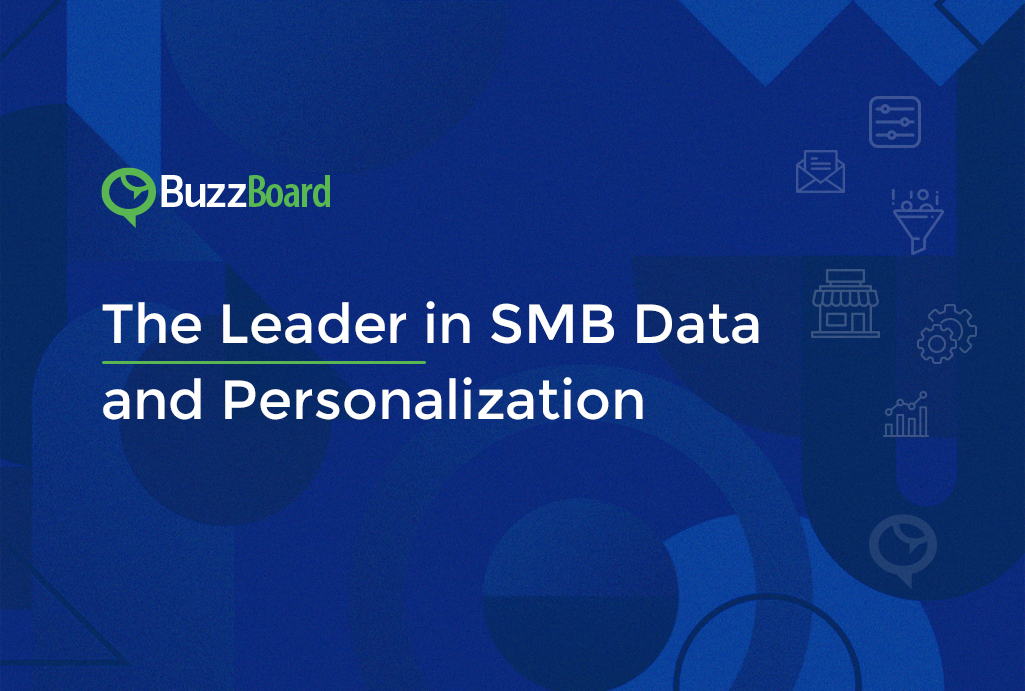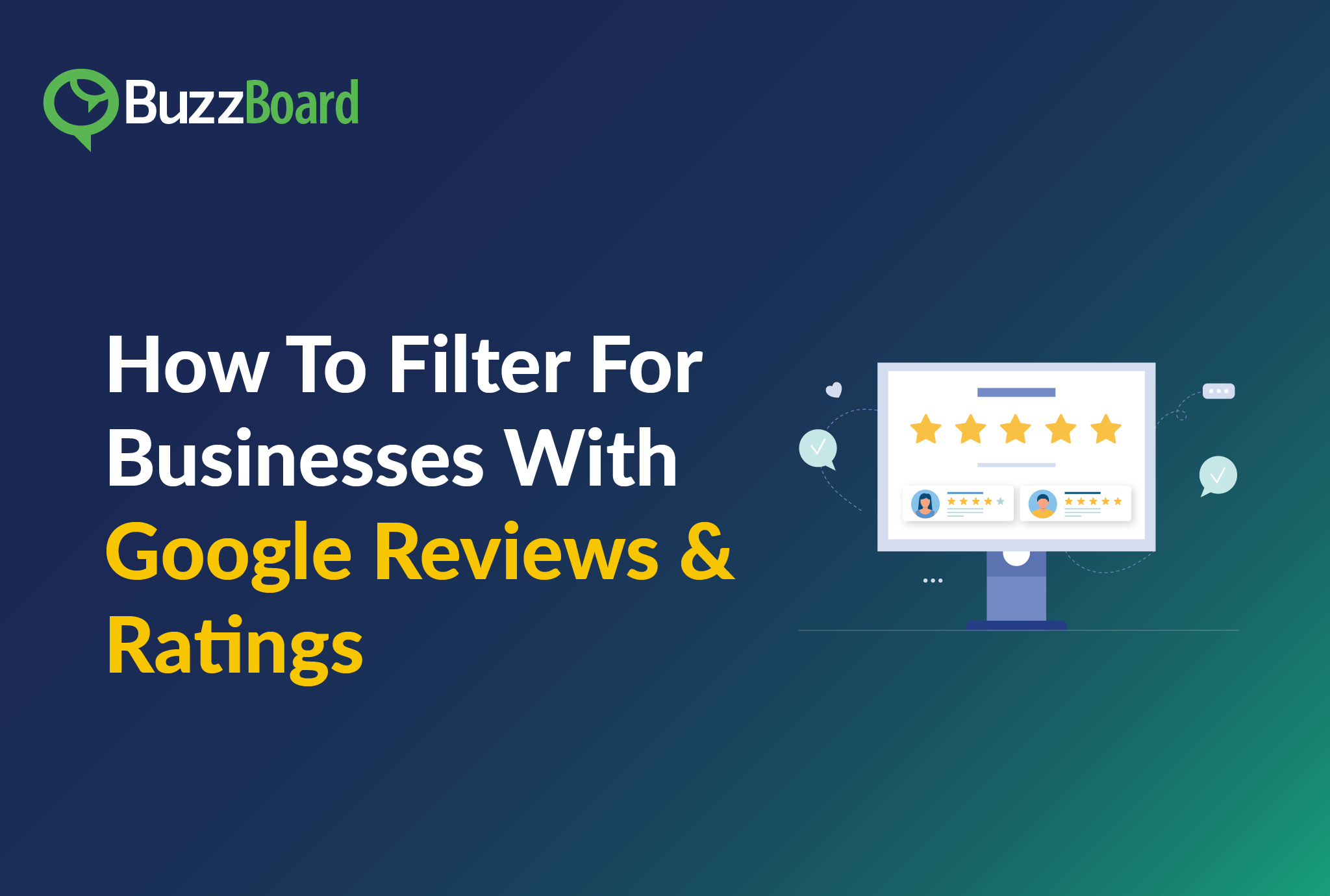For some people, the phrase “cold-calling” makes their skin crawl faster than a horror flick. The mere idea of running down a list of names and calling someone out of the blue is enough to make them stop in their tracks, turn around and run as fast as they can.
We’ve conducted numerous webinars and training sessions here at BuzzBoard. It doesn’t matter whether the user works at a large media company or is an ambitious solopreneur. We always get the question: How do I start the conversation with my prospect?
Brad Goldenberg from Blayzer Digital Marketing Group was a guest on one of our webinars— you can check out all of our webinars right here—where numerous attendees brought up the topic of getting the conversation started. Here was Brad’s take:
“Well, you bring up the company in BuzzBoard and find out where all their failures are and what they’re not doing well,” he said. “And what they are doing well, you highlight them when you’re trying to strike up a conversation with them. You bring up that they’re ranking low in search results, or you bring up their social presence…the data that BuzzBoard is giving you is an entryway to strike that conversation that gives them an understanding of what’s working for them and what’s not, and that you understand what’s not working for them and that you can feel their pain and help them with that.”
Goldenberg offers great advice here, especially on how he uses BuzzBoard to start the conversation. But many sales professionals, especially those used to working in inbound settings, ask us: How do I get the conversation started? For this, we need to take a step back for a moment. Many sales professionals know that we can’t start diving into these data-driven kinds of conversations right off the bat (although, ultimately, we need to get our prospects to this point).
Minding Our Manners
Before we can start buying time and making an impact by utilizing BuzzBoard research, Curt JacobI, who works in Sales Enablement & Training for McClatchy, suggested on a recent episode of McClatchy’s Morning Brewprint web series that we start with something many people tend to forget about these days: Having good manners.
“When you’re talking about the actual outreach itself, have this notion of being nice,” Jacobi said. “‘Please’ is your best word for this.”
In the episode, Jacobi explains to McClatchy’s Corporate Director of Sales Enablement, Baker Haynes, that intentionally using the word ‘please’ twice – May I please talk to the person in charge of marketing, please? – goes a long way when developing trust with a gatekeeper.
“Be nice, Jacobi continued. “Using the word ‘please’ twice is intentional; there’s a respect factor.”
Buying Time
Goldenberg talks about highlighting a prospect’s strength. Of course, we can filter for this using BuzzBoard (Advertising, Technology, firmographic signals). In essence, this helps him buy time on the phone with the prospect.
The concept of buying time is not new for sales professionals tasked with cold-calling their prospects. One of the best articles that I have read on cold-calling comes from Chris Orlob from Gong.io, in which the number one tip provided was to buy time, the rationale being that the more time bought on the phone, the higher the probability of scoring that appointment. They cited revenue intelligence research from Gong.io that analyzed many hours of sales conversations.
“Your job isn’t JUST to get your prospect’s attention – it’s to hold it,” Orlob writes.
One of the strategies that we preach the most here at BuzzBoard is to leverage the Competition report early and often when trying to buy that time. The immediate value proposition you can add to both existing clients and your prospects with the promise of competitor analysis cannot be overstated. Gatekeepers, Marketing Directors, and business owners all appreciate that value. Why? Because so many of the voices they hear on the other end of the line are not offering this sort of value.
Get the engagement flowing by letting your prospect know that you can bring important insights into their competitors. And it’s a great way to prospect, as well!
BuzzBoard Data & The Power Of 3
Goldenberg talks about bringing up some of the data or findings in your BuzzBoard research about the business that you are contacting. During our webinar, he talked about identifying the prospect’s pain and helping them understand that you, the consultant, have the right medicine for it, thanks to your research.
Here’s what we want to make sure that we are aware that sometimes, less is more. Once we finally get a decision-maker on the phone, it’s only natural that we will want to provide as much meaningful information as we can. But according to Steli Efti at Close, we should restrict ourselves to sharing the three main highlights from our research. It’s a 3-step process that allows callers to stay within a simple framework: Highlight The Highlights; Mark What’s Memorable; Ask For Attention.
“Before going into a sales conversation, decide what the two or three most important points are you want to make,” Efti writes. “When you bring them up, use their name, pause for a second, tell them this is the most important thing you’ll tell them today, quieten down to be heard louder, and then make your point.”
“At the end of your sales pitch, ask them what their main takeaways were, and reinforce your message if something crucial is missing.”
BuzzBoard allows you to customize your competition reports for every prospect. Let them know that you show them how these competitors are trying to grow their market share and revenue through digital marketing strategies.
Adapt Or Die
No matter what strategy you ultimately choose, sales professionals know that cold calling is about consistency and value-driven. Once the right cadence has been identified, a consistent approach will go a long way. However, we also have to recognize that just because we have a pre-written script in front of us, we do not have to sound like a pre-recorded message. Some of the best cold-callers can adapt on the fly – I personally saw one rep switch the conversation to sports and then back to a social media solution he was selling – and still make their pitch.
As people become more and more comfortable with cold-calling, they find that their lanes widen a bit. The voice on the other end of the line, your prospect, can hear the confidence. Some people get so good at cold-calling that they never want to leave an inside call center again!








